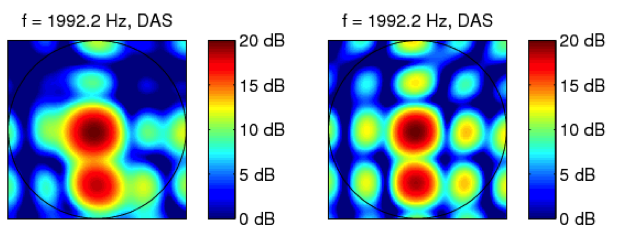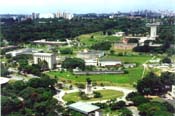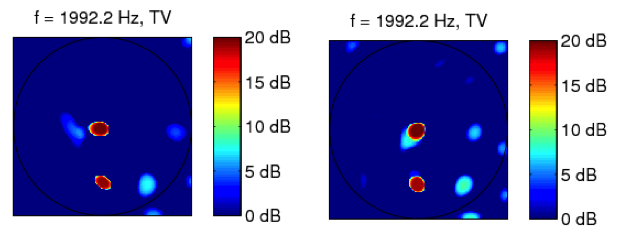Research
The following is a short
description of our current research:
1. Low-cost
algorithms for parameter estimation
This line of research is
funded by FAPESP (São Paulo State Research
Council). Part of the work is in collaboration
with Prof. Yuriy V. Zakharov, from the University of
York, and Prof. Rodrigo de Lamare, from PUC-Rio and
the University of York.
This project is concerned with the
study and development of low-cost algorithms for
parameter estimation, such as adaptive filters, with
particular interest in algorithms for sparse
identification.
We are studying new ways of using prior information to
improve estimation methods, especially for on-line
(adaptive) estimation. Prior information may be
related to, for example,
- sparsity
- maximum bounds (box-constraints)
- smoothness
- dynamical models for parameter variation
The use of prior information usually leads to
algorithms that use the available data more
efficiently (for example, obtaining good estimates
with less data). Our work involves the
development of new algorithms, of new theoretical
tools for analysis and design, and procedures and
structures for actual implementation in hardware
(DSPs or FGPAs) or software.
2. Efficient algorithms for array processing
This project, also funded by FAPESP,
is geared towards the development of low-complexity
algorithms for array processing, in applications such
as beamforming and acoustic image estimation.
Much of the work revolves around the Kronecker Array
Transform (KAT), proposed in our lab, which is a
method that allows a substantial reduction in the
number of arithmetic operations in beamforming.
We have built microphone arrays to use the new
transform in acoustic image estimation, and are
actively working on further improving the KAT,
designing and building new microphone arrays,
extending the results to new applications, such as
synthetic aperture radar, and developing better
mathematical tools to understand the performance of
the new methods.
Acoustic image
obtained with delay-and-sum beamforming. Left:
42-microphone array; right: 61-microphone
array. The source is a single loudspeaker, and
strong echo from the ground.

Acoustic image obtained with same data as before, but
using total variation regularization. Left:
42-microphone array; right: 61-microphone array.
 Adaptive Filtering and Estimation Group
Adaptive Filtering and Estimation Group








